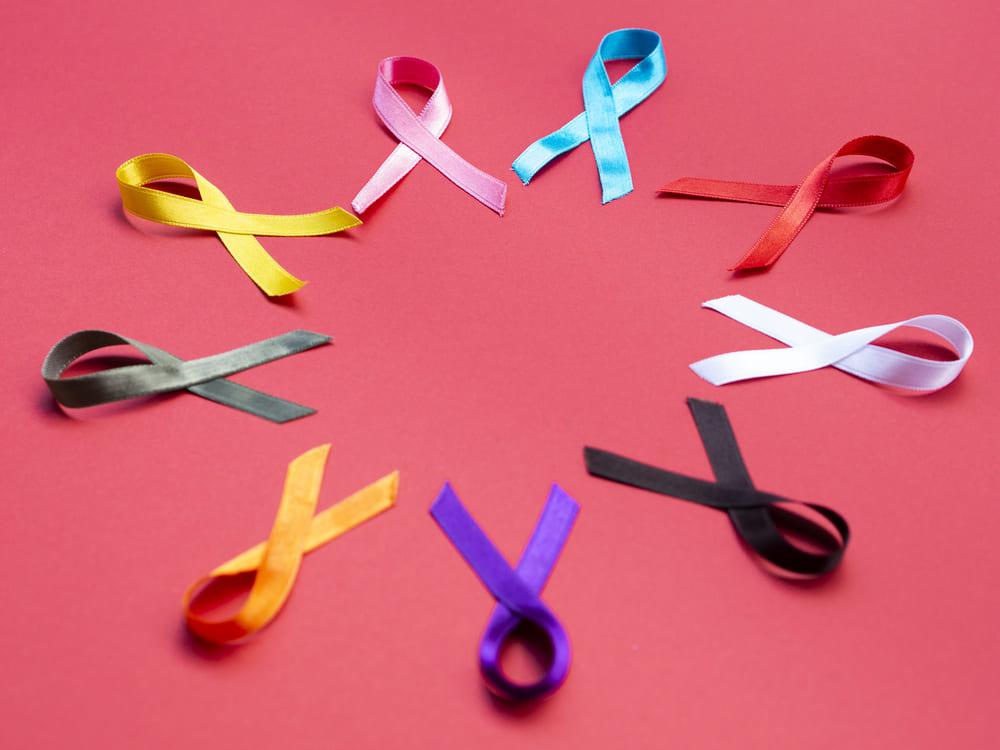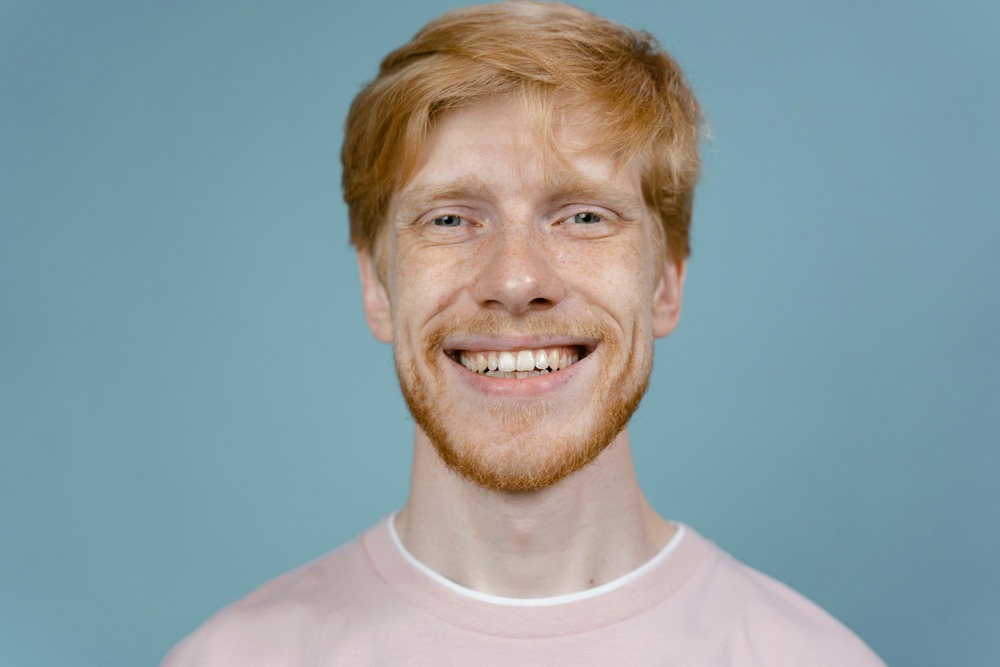HIV continues to disproportionately affect LGBTQ+ communities worldwide due to biological, social, and structural factors. While progress has been made, gay and bisexual men, transgender women, and other sexual minorities remain at significantly higher risk of HIV than the general population. This in-depth guide examines why these disparities exist, the latest prevention strategies, and how LGBTQ+ individuals can protect their health—supported by eye-opening statistics, clear tables, and actionable advice.

Why Are LGBTQ+ Communities at Higher Risk?
1. Biological Factors
- Anal sex has a higher transmission risk than vaginal sex (18x higher for receptive partner) 🏳️🌈
- Rectal mucosa is more fragile, making it easier for HIV to enter the bloodstream
2. Social & Structural Barriers
- Stigma and discrimination lead to less healthcare access 🏥
- Higher rates of mental health issues (depression, substance use) increase risk-taking 😔
- Lack of LGBTQ+-inclusive sex education leaves many unaware of risks 📚
3. Network Factors
- Higher prevalence in certain networks means more exposure 🔄
- "Serosorting" (choosing partners by status) isn't foolproof without testing 🩺
HIV Rates in LGBTQ+ Populations (2024 Data)
| Group 🏳️🌈 | % of New HIV Cases 🌍 | Risk vs. General Population 📊 |
|---|---|---|
| Gay/Bisexual Men | 70% (global) 🚨 | 25x higher than straight men |
| Transgender Women | 3-5% (but 19% in some regions) 💔 | 49x higher than general pop |
| Lesbian/Bisexual Women | <1% ✅ | Lower risk but still vulnerable |
| Queer People of Color | Disproportionately affected 🎭 | Racial disparities compound risk |
💡 Key Insight: Black gay/bisexual men have a 50% lifetime HIV risk—the highest of any group in the U.S.
Effective Prevention Strategies
1. PrEP (Pre-Exposure Prophylaxis)
✅ Daily pill (Truvada/Descovy) that's 99% effective 💊
✅ Now available as injectable (Apretude, every 2 months) 💉
✅ Underused in trans women and queer POC (due to access barriers)
2. Condoms & Lubricant
✅ Condoms reduce risk by 72% 🛡️
✅ Water-based lube prevents tears (extra protection) �
3. Undetectable = Untransmittable (U=U)
✅ HIV+ people on ART cannot transmit HIV when undetectable 🎉
✅ Reduces stigma and encourages treatment
4. Regular Testing & PEP
✅ Get tested every 3-6 months if sexually active 🩺
✅ PEP (Post-Exposure Prophylaxis) for emergencies (within 72 hrs) 🆘
HIV Prevention Options Compared
| Method 🛡️ | Effectiveness 📊 | Best For 🎯 |
|---|---|---|
| PrEP (Daily Pill) | 99% 💯 | High-risk individuals 💊 |
| Injectable PrEP | 99% (every 2 mos) 🚀 | People who struggle with pills |
| Condoms | 72-87% ✅ | Everyone (easy, low-cost) |
| U=U (ART Treatment) | 100% 🎉 | HIV+ partners in care |
| PEP | 80% (if started <72hrs) ⏳ | Emergency exposures |
🌟 Game Changer: On-demand PrEP (2-1-1 dosing) is also effective for some!
Overcoming Barriers to Care
Why Many LGBTQ+ People Avoid Prevention
- Medical stigma (judgmental providers) 🏥
- Cost/lack of insurance (PrEP can be expensive) 💸
- Fear of being outed (privacy concerns) 🤐
How to Improve Access
✅ Find LGBTQ+-friendly clinics (e.g., Planned Parenthood, HIV centers) 🏳️⚧️
✅ Use telehealth for PrEP prescriptions (discreet, convenient) 📱
✅ Apply for assistance programs (e.g., Gilead Advancing Access) 💰
Global PrEP Use in LGBTQ+ Communities
| Region 🌏 | % of Eligible LGBTQ+ on PrEP 💊 | Major Barriers 🚧 |
|---|---|---|
| North America | 35% | Cost, awareness 💵 |
| Western Europe | 40% | Stigma, bureaucracy 🏛️ |
| Latin America | 15% | Limited availability 📦 |
| Sub-Saharan Africa | <5% | Criminalization, stigma ⚖️ |
| Asia-Pacific | 10% | Cultural taboos, lack of access 😶 |
📌 Call to Action: PrEP should be free and accessible worldwide!
The Role of Community & Advocacy
How LGBTQ+ Orgs Are Fighting HIV
- Grassroots education (sex-positive, inclusive messaging) 🎤
- Free testing campaigns (at Pride events, bars) 🏳️🌈
- Advocacy for decriminalization (HIV laws often target LGBTQ+) ⚖️
How You Can Help
✅ Get tested & encourage partners to do the same 🩺
✅ Challenge HIV stigma (myths = deadly) 💢
✅ Support LGBTQ+ health nonprofits (e.g., GMHC, The Trevor Project) 💙
Hope for the Future
- Long-acting PrEP (6-month shots in development) 💉
- Broadly neutralizing antibodies (bNAbs) trials 🧪
- More LGBTQ+ leaders in HIV research 👩🔬
💬 Final Thought: HIV doesn't have to be inevitable for LGBTQ+ communities. With education, prevention, and advocacy, we can end this disparity. Stay safe, stay proud! ✊🏳️🌈
This guide arms you with knowledge and tools to reduce HIV risk in LGBTQ+ circles. Together, we can create a future where HIV is rare—not a community burden. ❤️🛡️



